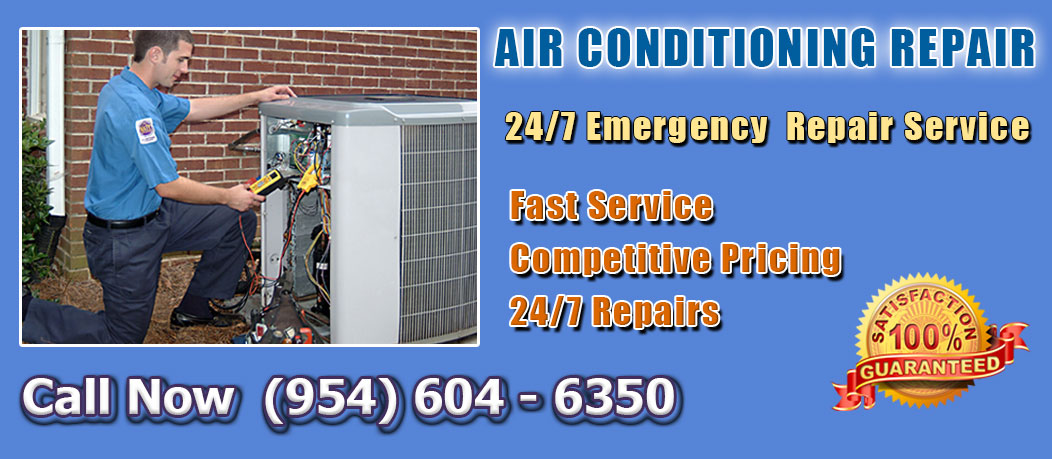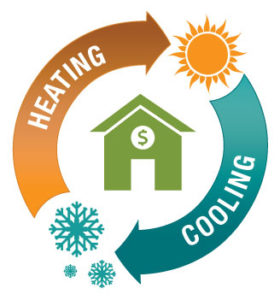In most institutional and commercial facilities, HVAC systems are arguably the largest energy consumers. As such, engineering and maintenance managers looking to reduce energy usage, target these systems in their facilities. The best strategy to optimize energy efficiency is to target the 4 largest HVAC energy consumers: chillers, boilers, motors, and building automation system.
Chillers
In the hierarchy of energy consuming HVAC units, chillers are the largest users. This means even minor improvements in operating efficiency can give you huge savings. The biggest problem with chillers in energy consumption is oversizing. Chillers are designed to carry the largest cooling load throughout the year, but the reality is the load occurs only for a few hours.
For the rest of the time, these units operate at reduced loads. Maintenance engineers run the chillers at peak efficiency only when operating at full load or near full load. Reduction of the chiller load, therefore, reduces even its operating efficiency.
The best way out is to stage the chiller so that as the load increases, more chillers kick on. However, this is possible with facilities that have many central chillers. The other option is to use a variable frequency drive installed on the motor of the chiller. This device reduces the operating speed to match the cooling load requirements. Maintenance is also recommended.
Boilers
Boilers are on record as being the biggest consumers of combustible fuels. Lots of energy channeled to boilers ends up being wasted due to improperly adjusted controls.
Boilers require a proper mixture of fuel and air to achieve complete combustion. When the air is too much, the boilers operating efficiency drops. On the other hand, too little air results into incomplete combustion that generate soot and clogs the boiler’s heat transfer surfaces.
The solution to minimizing energy is to adjust the boiler combustion controls to limit the amount of excess air coming into the boiler. Automated blowdown controls can also enhance the efficiency of the boiler by getting rid of the accumulated deposits. Adjusting the blowdown rate can help you maintain the boiler at peak efficiency.
Motors
Having many motors operating in your HVAC system can cost you a lot in energy expenditure. Some motors may be mismatched between the load the motor is driving and its rated horsepower. This mismatch results in your motors working extra hard and consuming lots of energy in the process.
Facility managers should conduct a survey to identify the sizing of the various motors in their HVAC system based on the application. The focus needs to be on the motor’s rated efficiency, the load being driven, and the motor horsepower. Motors that have exceeded their operating life expectancies or are oversized should be replaced.
Building Automation System
These are the controls or central nervous system of your HVAC assembly. The systems identify locations within the facility where energy is used and when the usage occurs. Through this system, the people tasked with maintenance and monitoring can get the tools they need to minimize energy usage without interfering with efficiency and comfort.
HVAC systems must be properly matched to the building operations with constant reviews necessary so as to adjust the building automation system to match facility changes.


